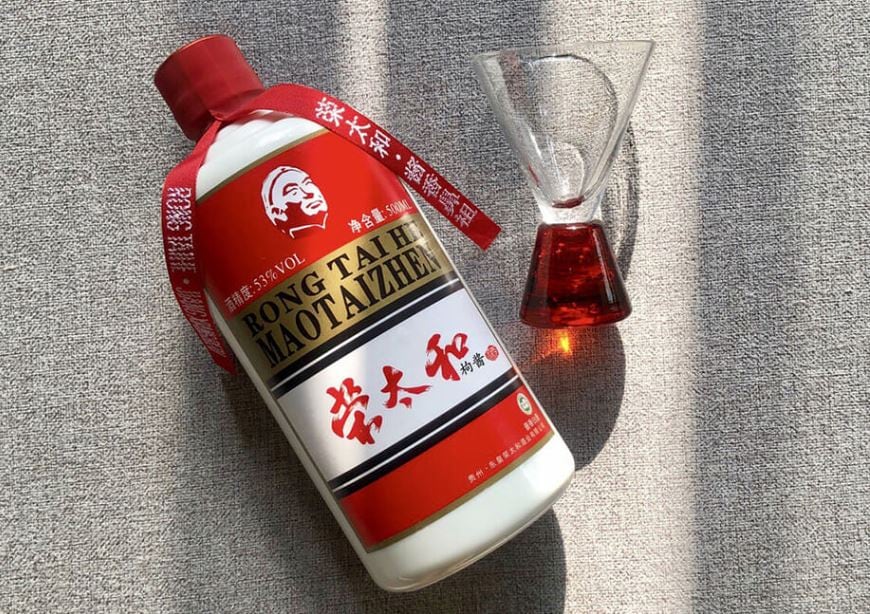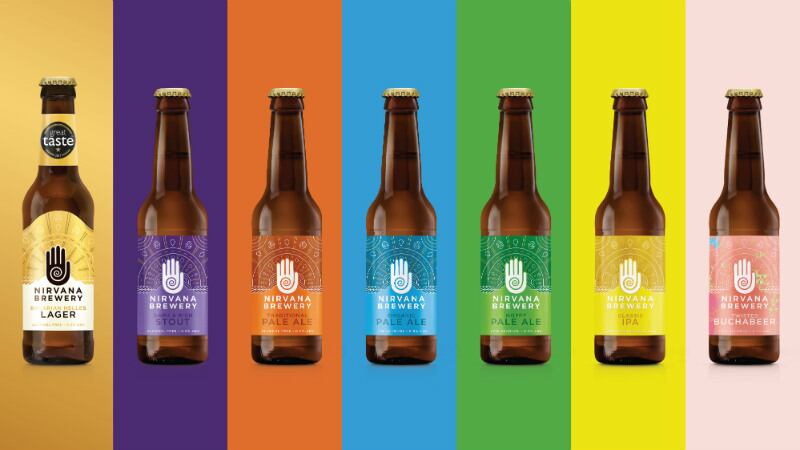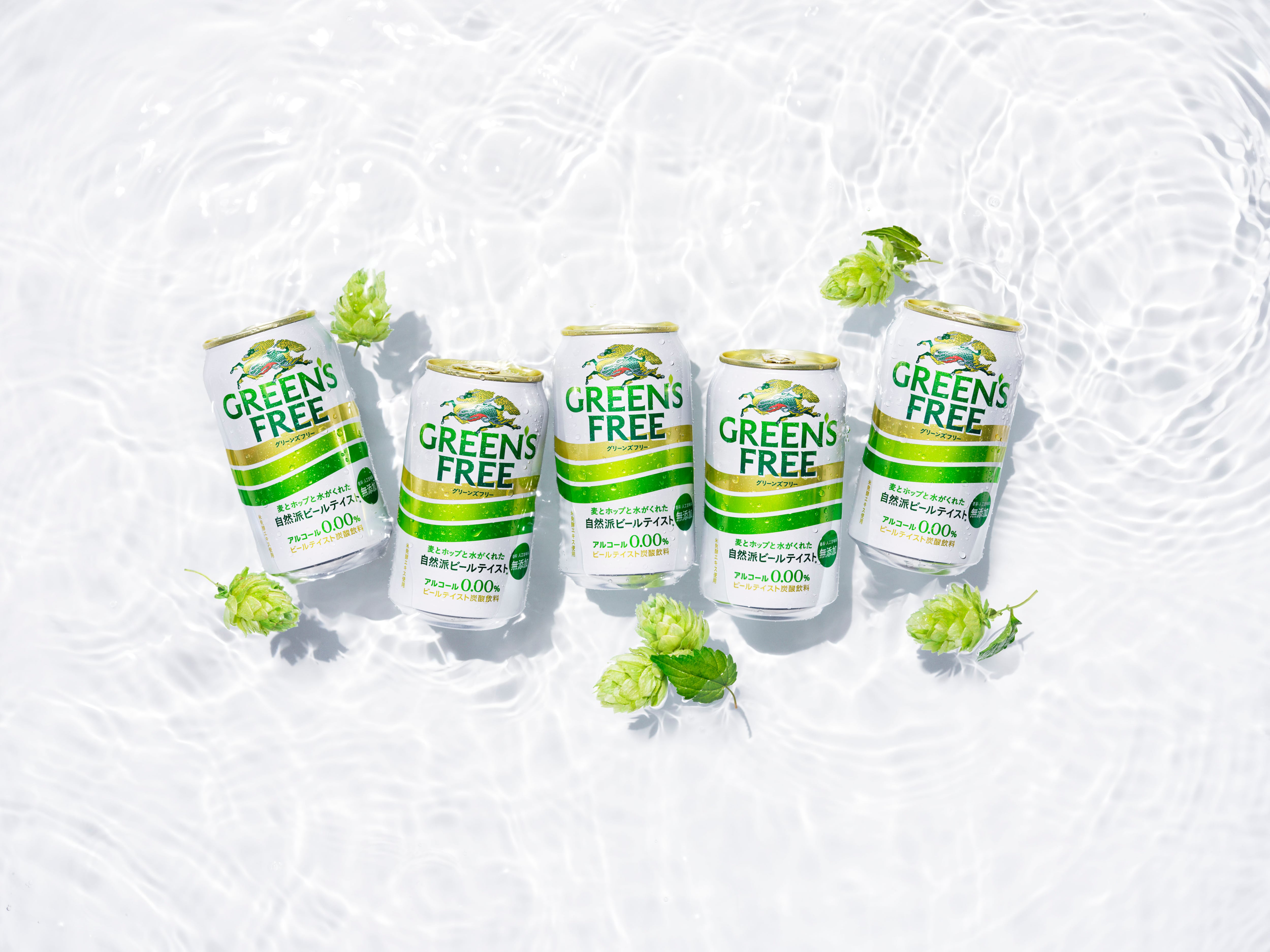Baijiu, also known as shaojiu, is a Chinese alcoholic beverage made from sorghum. It is a strong distilled spirit, between 40 and 60% alcohol by volume (ABV).
RTH baijiu was first established in 1879 in China, however, it was only began exporting outside the country last year. It now has a presence in Europe (Germany, Holland), Australia, and Asia (Singapore, South Korea), mostly in travel retail and spirit speciality stores.
In an interview with FoodNavigator-Asia, Stevie Wong, director of Rong Tai He’s official global distributor, 53 Degrees Enterprise Pte Ltd, said the company would now target ASEAN (Malaysia, Thailand), and North East Asia (Japan, Mongolia), due to the high numbers of Chinese tourists and the local drinking culture.
In addition, other factors included, “social and commercial ties to China, cultural and social affinity towards China/Chinese, willingness and ability to spend on good spirits, and current incidence of alcohol consumption,” Wong added.
Baijiu consumption
According to Kim Heng Teo, commercial director of JAAB Global, a company dealing premium alcohol in APAC, baijiu is the biggest and fastest growing spirits category, both in China and globally.
In 2018, more baijiu was consumed in China than the collective amount of whiskey, vodka and rum consumed worldwide, according to IWSR data.
The global baijiu market is estimated to be worth at least US$90 billion in 2020 and expected to reach US$112 billion by 2026, growing at a CAGR in excess of 3%.
Teo told us, the South West and East China region remained the largest consumer of baijiu, with 25.08% and 19.89% market share in 2018. Other major consuming regions included Central China , North China and North West, which account for 14.51%, 10.49% and 10.75% respectively.
While some experts have argued that baijiu consumption is decreasing, as younger consumers are turning to other alcohols such as wine, Teo told us baijiu is still growing steadily as a category, citing that global alcohol consumption in general has risen significantly in the past 30 years, largely contributed by China and India.
“We opine that consumers of alcoholic beverages have been increasingly exposed to various drinks, drinking cultures and lifestyles (occasions and rituals) and experiences so different drinks have ‘their own life cycles’ as such,
“Social media, known to shape younger demo and psychographics, has certainly contributed materially and it will continue to play a very crucial part in both the advent and consumption of alcohol including baijiu.”
Production
RTH baijiu produced at its distillery (Guizhou Donghuang Rongtaihe Liquor Co) in Moutai Town, in Guizhou, China. Guizhou is known as the baijiu capital of the world because of the pristine water from the Chishui River in the town. Wong said the weather in Guizhou was cool, which also makes it suitable for making baijiu.
Every year, RTH’s distillery produces more than 7000 tons of maotaijiu. Its baijiu is made from organic sorghum and 68 Chinese medical herbs.
It goes through nine rounds of distillations, eight rounds of fermentation and seven rounds of filtration. It is then stored for at least three years in porous ceramic pots to age and mature. Wong told us the entire process takes between five to nine years for most of the volatiles to vaporise resulting in a smooth, and aromatic spirit.
When China reported its first cases of the novel coronavirus (COVID-19) outbreak, many businesses were affected, and supply chains disrupted. For RTH, Wong said there were some minor disruptions to production and ingredient supplies within Guizhou while adhering to Government’s health and safety directives, but the advantage of the town was “essentially a self-contained eco-system within a relatively isolated geographic landlocked area, hence there was manageable disruption.”




